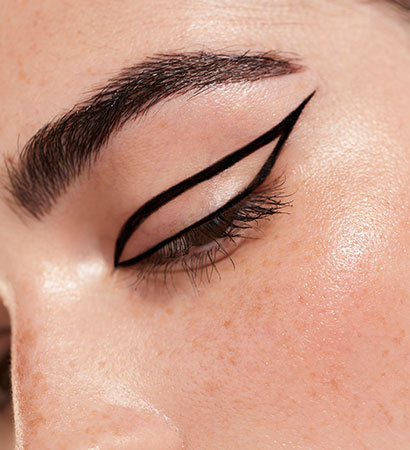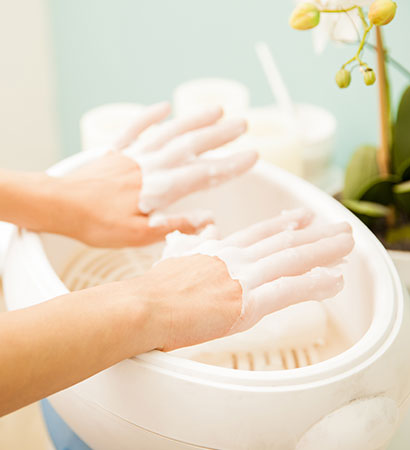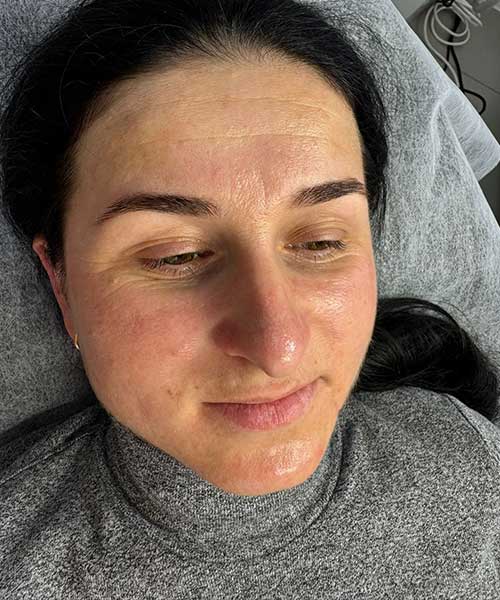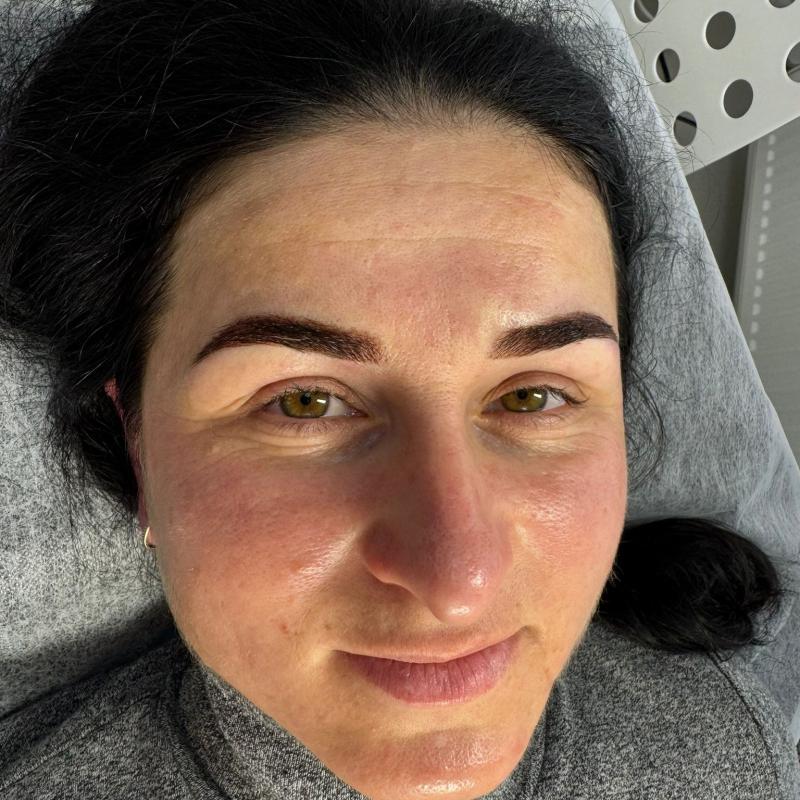In the world of permanent makeup, your safety is the absolute, non-negotiable priority. A common and valid concern for many potential clients is the question of allergies: "Is it possible to be allergic to the pigment, and what would happen if I am?" It's a crucial question that deserves a clear, honest, and expert answer. While true allergic reactions to modern, high-quality cosmetic tattoo pigments are exceedingly rare, they are possible. Understanding the reality of the risk, the signs to watch for, and the professional protocols in place to protect you is the key to moving forward with confidence.
The Science of PMU Pigments: Why Reactions Are So Rare
To understand the risk, you first need to understand the materials. The pigments used by reputable, modern permanent makeup artists are a world away from traditional tattoo inks of the past. Today's cosmetic pigments are highly advanced and specifically engineered for safety and stability in facial skin.
- Iron Oxides are the Gold Standard: The vast majority of high-quality brown, black, and reddish pigments are made from iron oxides. These are naturally occurring mineral compounds that have a long, proven history of safety. They are inert, stable, and have a very low potential for causing allergic reactions, which is why they are also used in traditional cosmetics like foundation and eyeshadow.
- Hypoallergenic Formulations: Reputable pigment manufacturers formulate their products to be as hypoallergenic as possible. They are sterilized, purified, and free from many of the common allergens found in other products.
While allergies to red pigments (often containing nickel, a common allergen) can be slightly more common, the overall incidence rate across all colors is extremely low when a professional artist uses high-quality, trusted pigment brands.
Signs of a Potential Allergic Reaction
It's important to distinguish between a normal healing response and a true allergic reaction. Normal healing involves temporary redness, swelling, tenderness, and itching. An allergic reaction is a more intense, prolonged, and specific response from your immune system. Signs may include:
- Intense, Persistent Itching: Beyond the mild itchiness of normal healing.
- Severe Redness and Swelling: Swelling and redness that worsens after the first 48 hours instead of improving.
- Raised, Bumpy, or Scaly Skin: The appearance of a rash, welts, or hard bumps directly within the tattooed area.
- Blistering or Oozing: The formation of blisters or significant fluid discharge well after the initial healing has begun.
These symptoms would appear in the days or even weeks following the procedure and would be confined to the pigmented area.
The Professional Protocol: The Patch Test
For clients with a history of severe allergies, sensitive skin, or specific concerns about reacting to the pigment, the gold standard of safety is to perform a patch test.
How a Patch Test Works:
- During your consultation, the artist will deposit a tiny, discreet amount of the target pigment into the skin, usually behind your ear or on your inner arm.
- You will then wait for a designated period, typically 2 to 4 weeks, to monitor the area for any signs of an adverse reaction.
- If no reaction occurs, it provides a strong level of confidence that you can proceed with the full procedure safely.
A patch test is the most definitive way to rule out a potential allergy and is a hallmark of a meticulous, safety-conscious artist.
What if I'm Allergic to the Numbing Cream?
It is actually more common for a client to have a sensitivity to the topical anesthetic (numbing cream) than to the pigment itself. This reaction would typically appear as contact dermatitis—a red, itchy rash—that appears shortly after the procedure and subsides on its own. Be sure to tell your artist if you have a known allergy to lidocaine, benzocaine, or tetracaine.
Our Unwavering Commitment to Safety in Orlando, Florida
Your safety is the foundation upon which our artistry is built. It is not an afterthought; it is our primary consideration. In Orlando, we know that our clients expect the highest standards of care. At pmstudiook.com, we use only the most reputable, high-quality, iron-oxide based pigments from trusted industry leaders. Our masters in Orlando, Florida, conduct thorough health screenings and will always recommend a patch test for any client with concerns. We are transparent and committed to a process that is as safe as it is beautiful.
The Takeaway: Knowledge is Power
The fear of an allergic reaction is understandable, but the reality is that the risk is incredibly low with modern, professional-grade materials. By choosing a highly qualified artist who uses premium pigments and by opting for a patch test if you have a history of sensitivity, you are taking all the right steps to ensure a safe and successful outcome. Knowledge and professional guidance are your best tools for moving forward with total peace of mind.



































